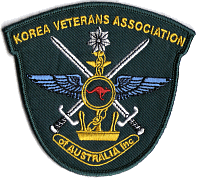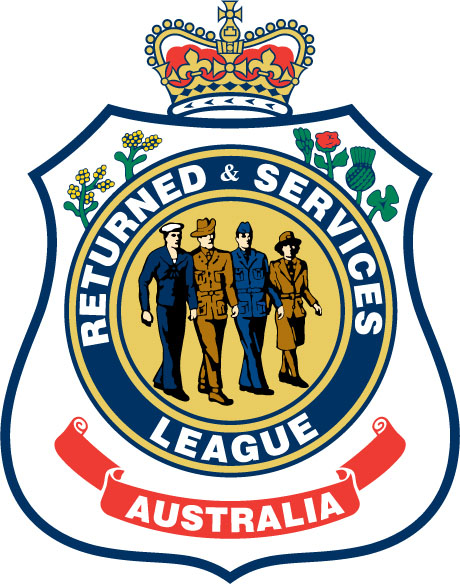Conference roundup – MHHV Conference on Saturday 21 November 2015

The ninth Military History and Heritage Victoria conference continued the great tradition of providing a smorgasbord of interesting and diverse topics about the Korean War. Topics spanned the three Services, our allies and enemies. It covered major battles along with erudite overviews of the politico/strategic situation as the tone ranged from the lofty to the personal.
The conference was introduced by MHHV President, Colonel Marcus Fielding to the audience of over 50 which included a strong contingent from the Korean Veterans Association of Australia.
Fittingly, the opening remarks were by Major General Jim Hughes, patron of the Korean Veterans Association. Even generals have to start their career somewhere and his talk covered his first nine months of ‘on the job training’ as a first-action infantry lieutenant in Korea. He highlighted the scrapes that such a baptism of fire can lead to.
Wars occur in a political and historical context. Keynote speaker Cameron Forbes (Author: The Korea War: Australia in the Playground of Giants) gave a necessary overview, including insights into the major personalities, the emerging dynamics of the two brands of communism along with General Douglas MacArthur’s peculiar take on how democracy should be defended. He reminded us that history is often made by the lowly as he discussed the difficulty two exhausted colonels had in making a sensible geographic partition of the country at the end of the Second World War and the problems their imperfect solution caused. He left us with the intriguing question of where to now for the two Koreas.
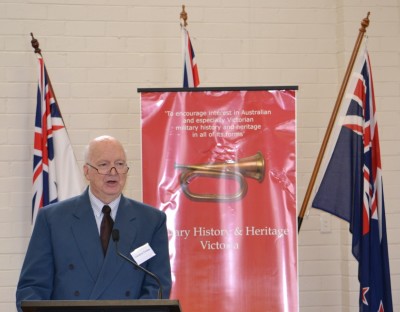
Dr Jim Wood (author) reminded us that the Korean War didn’t just happen. It came at the end of a chain of uncertainty that followed on the heels of World War 2. Australia’s rapid agreement in a role in the Korean War came about as we switched allegiance from our failed protector Britain to the new power, America. Australia began its role in Japan as an ‘occupier’ but rapidly changed to become a ‘protector’ and then to assist with ‘democratisation.’ The rapidity of Australia’s involvement in Korea arose more from happenstance than planning: a war broke out in Korea, the Australians had one of the few forces in Japan ready for action.
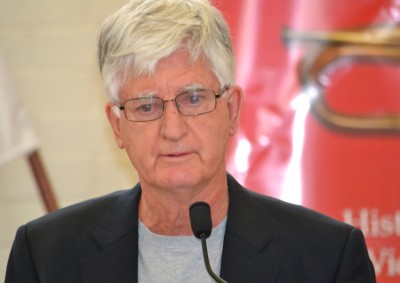
Military historian and author Lieutenant-Colonel Neil Smith AM (Rtd) introduced the next session on the Air War and the Battle of Kapyong.
Lloyd Knight was a Meteor pilot with 45 missions over North Korea. His ‘on the job’ training in Meteor jets took a mere 15 hours. Through poignant stories he led us through the RAAF’s important contribution to the war. The Meteor was a slow jet fighter dedicated to highly dangerous ground attacks with an ever present danger of small arms fire. His ‘big bang’ of the war came when the canopy of his plane imploded during a rocket run. With wind howling around the cockpit and goggles gone he was lucky to fly back to base but unlucky enough to only get a chaste kiss on the forehead from an American nurse who thought he should get a Purple Heart. He was sanguine about the RAAF’s near 50% casualty rate comparing it ‘favourably’ with that of Australian pilots in World War 2.
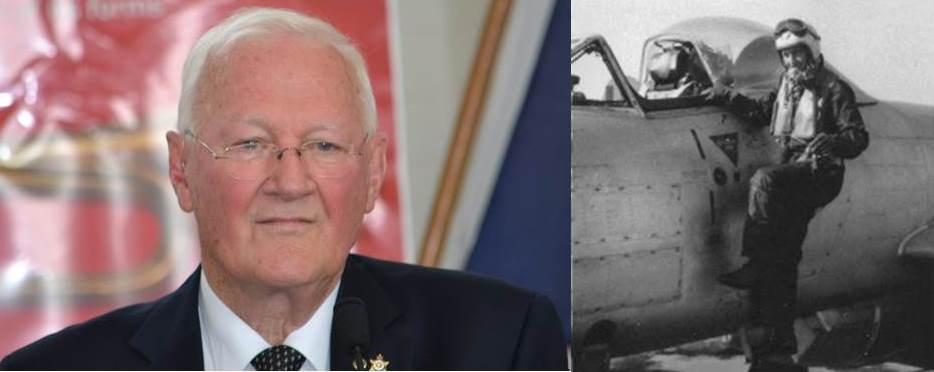
Dr Bob Breen (Associate Professor of Strategic Studies, Deakin University) reviewed three significant major battles for the Australians: the Apple Orchard, Kapyong and Maryang San. The Apple Orchard was significant for being the first major engagement with the enemy. Australia’s 3RAR was outgunned and outnumbered at Kapyong. Their brilliant close combat fighting withdrawal stopped an enemy division, prevented Seoul falling again and set the scene for UN forces to regroup and repel the attackers. As spectacular as those two encounters were, Breen considers Maryan San to be the iconic battle of the war as outnumbered Australians attacked uphill into strong defences over five gruelling days. That the battle is poorly remembered is mainly because the reporters were sent home.
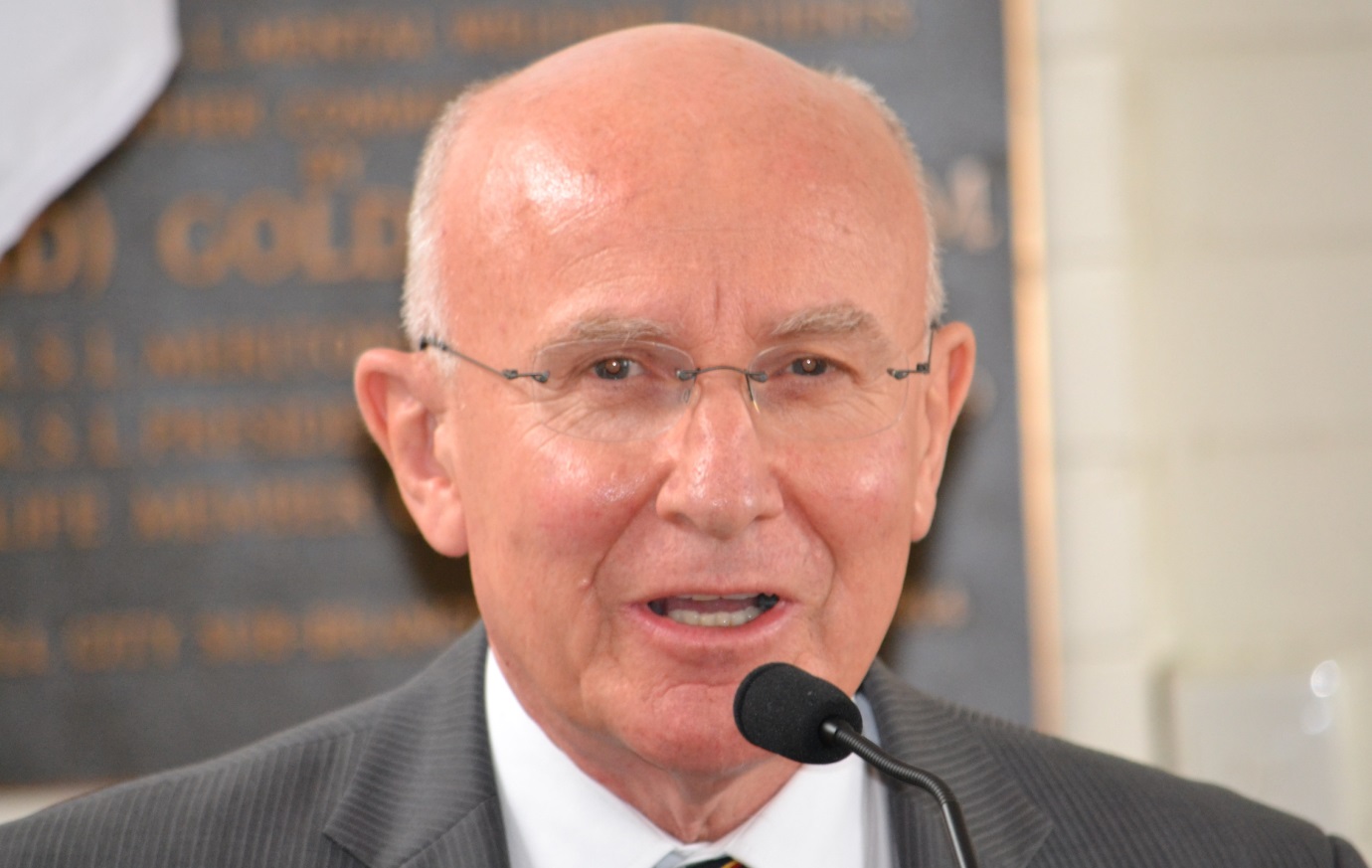
Following a sumptuous ‘light’ lunch, Ron Christie (State President of the Fleet Air Arm Association of Australia (Victoria Division)) introduced the afternoon session.
Dr Andrew Kilsby explored the role of the RAN at sea and in the air. This was a study in rapid development of RAN’s air craft carrier capability and fleet air arm went from zero at the end of World War 2. The slides of the winter conditions at sea focussed on the difficulty of operating in the Sea of Japan with the danger of iced landing decks. RAN’s planes gained a great reputation as spotters for UN shipboard bombardment.
Michael Kelly of the History Section, Australian War Memorial summarised the final Chinese offensive of the war – Samichon River and The Hook. The battle was fought by UN forces including Australia’s 2RAR against numerous attacks from a Chinese division as they attempted to breakthrough to the Imjin River along the divisional boundary between US Marines and Commonwealth forces. It was particularly tough because the Chinese were desperate to gain a last minute victory to use as a bargaining chip in peace negations. Chinese failure to break through assured the end of the war.
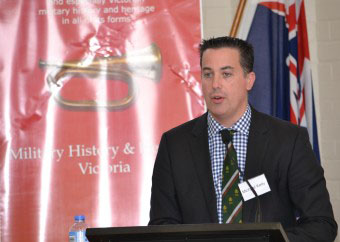
The final session of the day was introduced by Victor Dey OAM (National President, Korean Veterans Association of Australia).
We were provided with a great counterpoint to the day’s proceedings by Ian Saunders giving us a poignant portrayal of his frustrated attempts to bring home our 43 ‘Missing in Action’ (MIA): his father being one. His father and his fallen compatriots are most likely still in the Demilitarised Zone or alternatively in storage at JPAC’s facility in Hawaii. Frustratingly he can’t find out. Ian described how he collected some 60 DNA samples of relatives of all MIAs in 2008. The samples still haven’t been processed by JPAC and compared with bodies they hold. In his hunt for closure for himself and others he has worked with dedication and passion but so far has hit a brick wall on all fronts including with our own government.
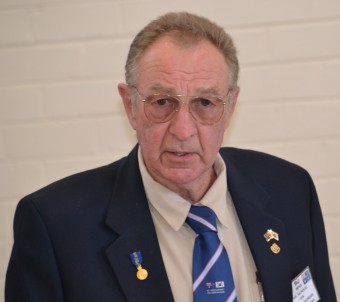
On a cheerier note, four grand old veterans provided a delightful end to the programme with complementary yarns. Participating were Ron Christie, Victor Dey, Stan Goldsmith and Lloyd Knight. War may be hell but the things most clearly remembered are amusing incidents and characters. Adventures included: the Huey pilot who when ordered not to smoke cigars, flew every time he needed a puff; the crashed American airman who mysteriously contracted an STD while in traction and; RAN crews playing football on sand bars as their marooned ship awaited the rising tide.

MHHV patron Major General Jim Barry rounded off the event by thanking the three session Chairmen, Neil Smith, Ron Christie and Victor Dey, also Stan Goldsmith who joined the latter two for the Veteran’s Yarns
He gave special thanks to conference convenor Dr Andrew Kilsby and MHHV President, Colonel Marcus Fielding for his oversight of the whole Conference. Thanks were also given to Peter Fielding catering and for the RSL’s arrangements and fellow Committee members who made the event possible. General Barry thanked the participants saying that the” measure of interest is the number of questions asked and or comments made and you have certainly not let us down.”
Reviewer: Brent D. Taylor MHHV Committee & author
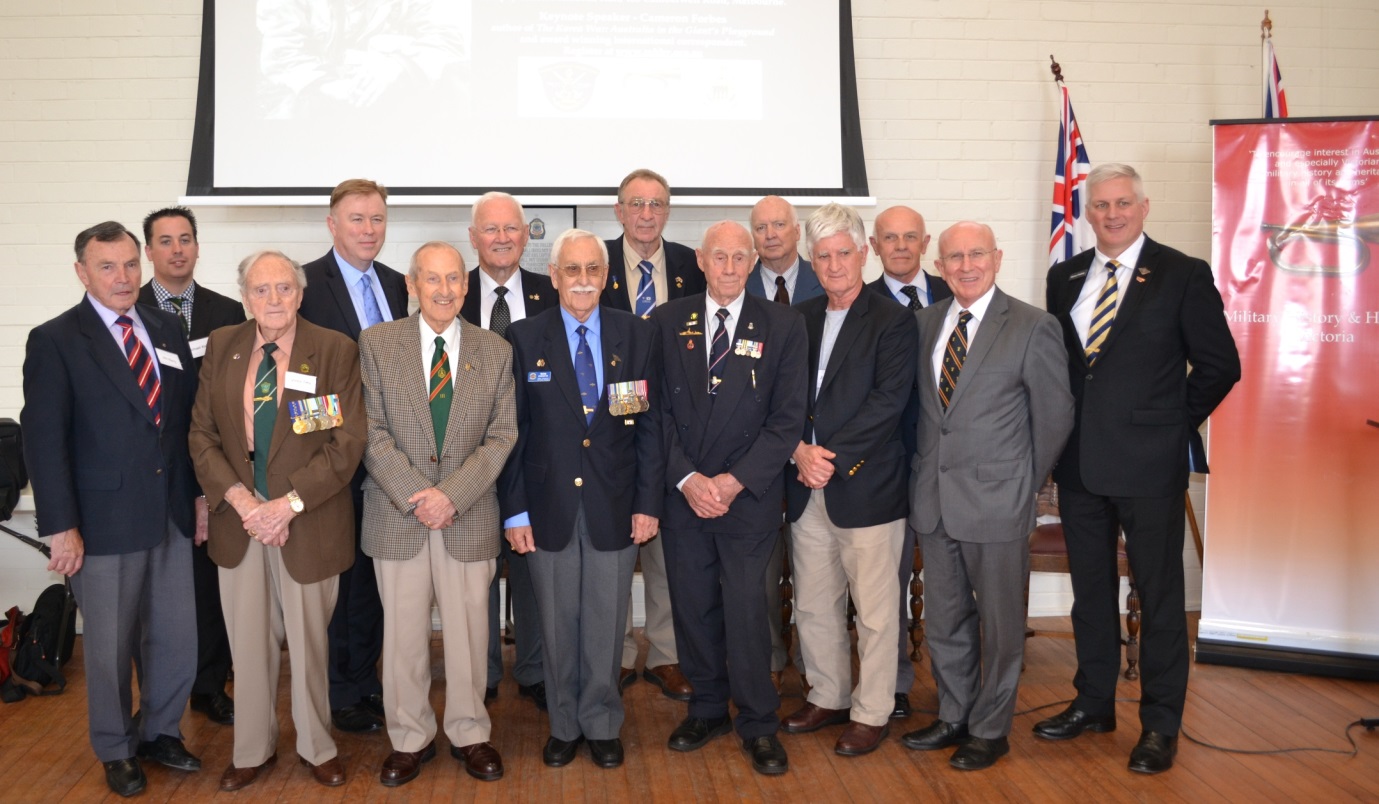
A Hot Cold War: Korea 1950-1953
Saturday 21 November 2015
Opening Remarks
Major General James C Hughes AO DSO MC, Patron, Korean Veterans Association of Australia
SESSION ONE | KOREA and the COLD WAR
Keynote Speaker- Korea and the Cold War – then and now – Cameron Forbes, Author The Korea War: Australia in the Playground of Giants, and award winning international correspondent
Paper: The Occupation of Japan, the BCOF and the role of Japan in the Korean War – Dr Jim Wood, Colonel RFD Rtd, Vice-Patron MHHV
SESSION TWO | THE AIR WAR & KAPYONG
Session Chair: Lieutenant-Colonel Neil Smith AM (Rtd), Military historian and author
Paper: Mustangs and Meteors – 77 Squadron & the RAAF in Korea – Lloyd Knight, former RAAF Meteor pilot with 45 missions over North Korea
Paper: Facing the Chinese: the Apple Orchard, Kapyong and Maryang San – Dr Bob Breen, Associate Professor of Strategic Studies, Deakin University
SESSION THREE | AIR SUPPORT and the HOOK
Session Chair: Ron Christie, State President of the Fleet Air Arm Association of Australia (Victoria Division)
Paper: Sea Fury and Firefly: The RAN at sea and in the air – Dr Andrew Kilsby,
Conference Convenor & author of The Forgotten Cruiser: HMAS Melbourne
Paper: The Battle which ended the war: Samichon River & The Hook – Michael Kelly, History Section, Australian War Memorial
SESSION FOUR | MIAs & VETERANS
Session Chair: Victor Dey OAM, National President, Korean Veterans Association of Australia
Paper: Bring Them Home: The campaign to identify and repatriate the remains of our 43 MIA – Ian Saunders OAM
Veteran Yarns
Korean War veterans from the Army, RAAF, RAN and Nursing services tell their stories
Vic Dey (Army), Stan Goldsmith (RAN), Lloyd Knight (RAAF) & Gladys Pretty (American Red Cross)
Closing Remarks
Major-General Jim Barry, AM, MBE, RFD, ED (Rtd), Patron MHHV Inc.
Conference Photos
Posted by Military History & Heritage Victoria Inc. on Saturday, 21 November 2015
Contact Military History and Heritage Victoria about this article.
